Table of Content
India’s urban landscape has undergone a dramatic transformation over the last three decades. From compact city cores to sprawling metros, the urban footprint in cities has nearly doubled to 4,308 sq km between 1995 and 2025, according to a new analysis. This growth has been driven by rapid migration, economic expansion, and large-scale infrastructure investments across India’s top metropolitan regions.
Among the eight major cities studied, Pune emerged as the fastest-growing with a staggering 332% increase, while Bengaluru followed closely with 186% growth in built-up land. In terms of absolute numbers, Delhi NCR added the largest footprint, while the Mumbai Metropolitan Region (MMR) saw the slowest pace of expansion due to its vertical growth model.
This blog explores how the urban footprint in cities has evolved, why some metros grew faster than others, and what this expansion means for India’s future housing and infrastructure needs.
What Does Urban Footprint in Cities Mean?
The term urban footprint in cities refers to the total built-up area within an urban settlement that is covered by man-made structures such as buildings, roads, and other infrastructure. It is essentially the visible imprint of human development on land, distinguishing constructed zones from natural or open spaces.
Measuring the urban footprint is important because it helps urban planners, policymakers, and real estate stakeholders understand how fast cities are expanding, what sectors are driving growth, and where infrastructure investments are needed. In India’s context, this metric also signals how prepared cities are to absorb the rising urban population expected in the coming decades.
Also Read: Rail Land Development Authority (RLDA) to Monetise 25 Acres in Mumbai, Eyes ₹8,000 Crore Boost
Comparative Growth in 8 Major Cities
Pune: Fastest Expanding Urban Footprint
Pune recorded the highest growth rate at 332%, with its built-up area increasing from 86 sq km in 1995 to 373 sq km in 2025, adding 287 sq km over three decades.
The city’s transformation from a traditional manufacturing base into a global IT and start-up hub has been the biggest driver of this expansion. Large-scale migration, booming educational institutions, and investments in road and metro connectivity further accelerated its sprawl.
Bengaluru: Technology-Driven Expansion
Bengaluru’s built-up footprint expanded from 174 sq km to 489 sq km, recording a 186% increase and adding 315 sq km.
Often called India’s Silicon Valley, the city’s IT sector growth has spurred massive real estate demand. Infrastructure projects like the Namma Metro and the development of peripheral business hubs such as Whitefield and Electronic City played a critical role in widening Bengaluru’s urban footprint.
Chennai: Consistent Expansion
Chennai witnessed a 137% growth in its urban footprint, expanding from 270 sq km in 1995 to 467 sq km in 2025.
The city’s expansion was fueled by a balanced mix of industries from automobile and manufacturing clusters to IT services and port-led trade. With new residential corridors emerging along Old Mahabalipuram Road (OMR) and Grand Southern Trunk (GST) Road, Chennai’s real estate growth has been steady and sustainable.
Ahmedabad: Industrial to Financial Hub
Ahmedabad’s footprint more than doubled, increasing by 102%, from 141 sq km to 285 sq km.
This growth reflects the city’s evolution from a textile and industrial hub to a diversified economy with strengths in finance, IT, and automotive manufacturing. Visionary projects like GIFT City also added momentum, making Ahmedabad a rising player in India’s urbanisation story.
Delhi NCR: Largest Built-Up Area
Delhi NCR added the largest absolute urban footprint of 400 sq km, expanding from 567 sq km in 1995 to 967 sq km in 2025, marking a 71% increase.
This expansion highlights NCR’s transformation into a polycentric economic region. Real estate corridors in Gurugram, Noida, Greater Noida, and Ghaziabad have grown around large-scale infrastructure projects like the Delhi Metro, expressways, and airports. Delhi NCR today holds the largest built-up footprint among all Indian cities.
Hyderabad: Balanced Growth
Hyderabad’s urban footprint rose from 267 sq km to 519 sq km, a 95% increase over 30 years.
Driven by its IT, pharmaceutical, and biotech industries, the city’s growth has been both commercial and residential. Areas like Gachibowli and HITEC City reflect the city’s ability to attract global corporations while supporting large-scale housing projects for its workforce.
Mumbai Metropolitan Region (MMR): Vertical Growth Model
MMR registered the lowest rate of expansion at 43%, growing from 412 sq km in 1995 to 588 sq km in 2025.
Despite being India’s financial capital and second most populous region, the MMR’s growth has been restricted by geography and density. Instead of horizontal spread, Mumbai has relied on vertical growth through skyscrapers. Key infrastructure initiatives like the Mumbai Metro and the Trans Harbour Link are now shaping its future growth trajectory.
Kolkata: Moderate Expansion
Kolkata saw moderate expansion compared to other metros, with its footprint increasing steadily through new housing and IT zones. Growth corridors such as Salt Lake and New Town have been central to its urban sprawl, though the pace has been slower than cities like Pune and Bengaluru.
Why Some Cities Grew Faster Than Others
The urban footprint in cities expanded unevenly across India, reflecting the diversity of regional economies.
- Pune & Bengaluru: Fueled by IT and start-up ecosystems that attracted skilled migrants.
- Delhi NCR: Infrastructure-led polycentric expansion with satellite cities.
- Ahmedabad & Hyderabad: Diversified economies driving steady growth.
- MMR: Limited horizontal space, relying on vertical development.
- Chennai & Kolkata: Industry-backed moderate expansion.
The comparison highlights how different urban models IT-driven, industrial, or density-constrained shape the scale of expansion.
Economic & Real Estate Implications
The doubling of the urban footprint in cities has significant consequences:
- Housing Demand: Rising population in metros has led to an explosion of residential projects.
- Commercial Hubs: IT parks, business districts, and financial centres are pushing job creation.
- Property Values: Expansion corridors often see faster price appreciation.
- Infrastructure Stress: Roads, water, and public transport face mounting pressure.
For investors, areas with upcoming infrastructure and commercial nodes remain the strongest real estate bets.
Also Read: Mumbai Redevelopment to Add More than 44,000 Homes Worth ₹1.3 Lakh Crore by 2030
India’s Urban Future: 2050 and Beyond
India is entering its biggest phase of urbanisation in history. By 2050, more than 330 million people will migrate to cities, equivalent to the entire population of the United States.
This shift will demand:
- 100 million new homes
- Massive investment in transit and urban services
- Sustainable planning to balance expansion with liveability
Beyond metros, Tier 2 and Tier 3 cities will play a critical role in absorbing this wave of growth.
Conclusion
Over the past three decades, the urban footprint in cities has doubled, reflecting India’s extraordinary pace of urbanisation. Pune and Bengaluru led this expansion with record growth rates, while Delhi NCR added the largest absolute footprint. In contrast, Mumbai’s vertical model limited its spread.
As India looks toward 2050, the challenge will not only be expanding urban areas but ensuring they remain sustainable, liveable, and economically vibrant. The expansion of the urban footprint is more than just a statistic it is the foundation of India’s journey toward becoming a developed economy.

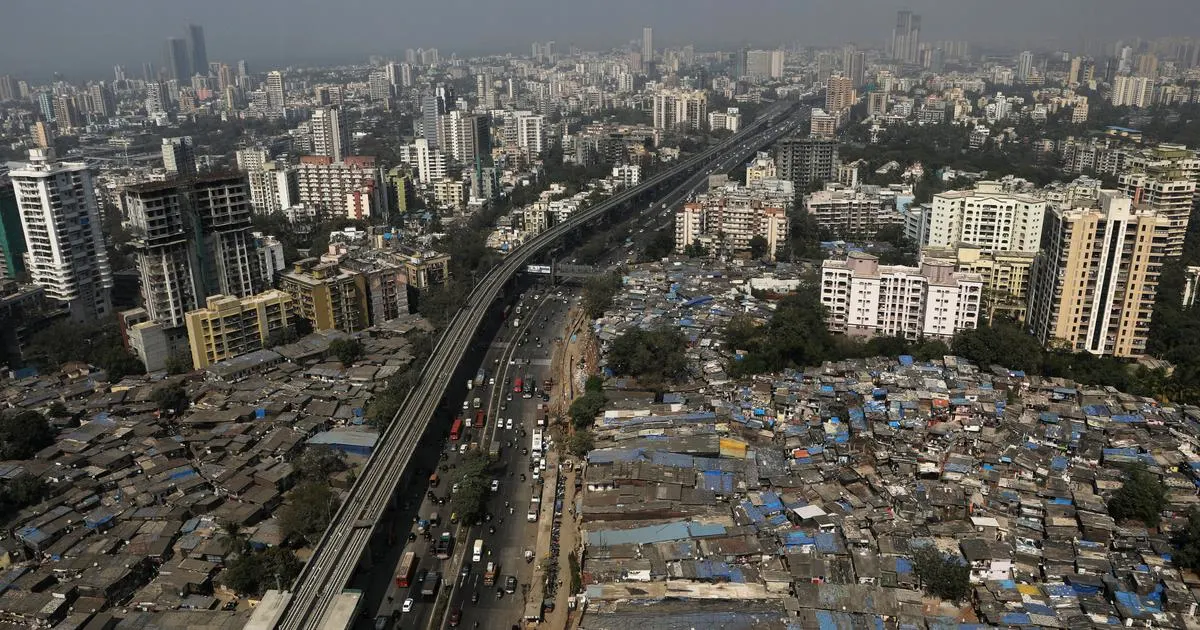
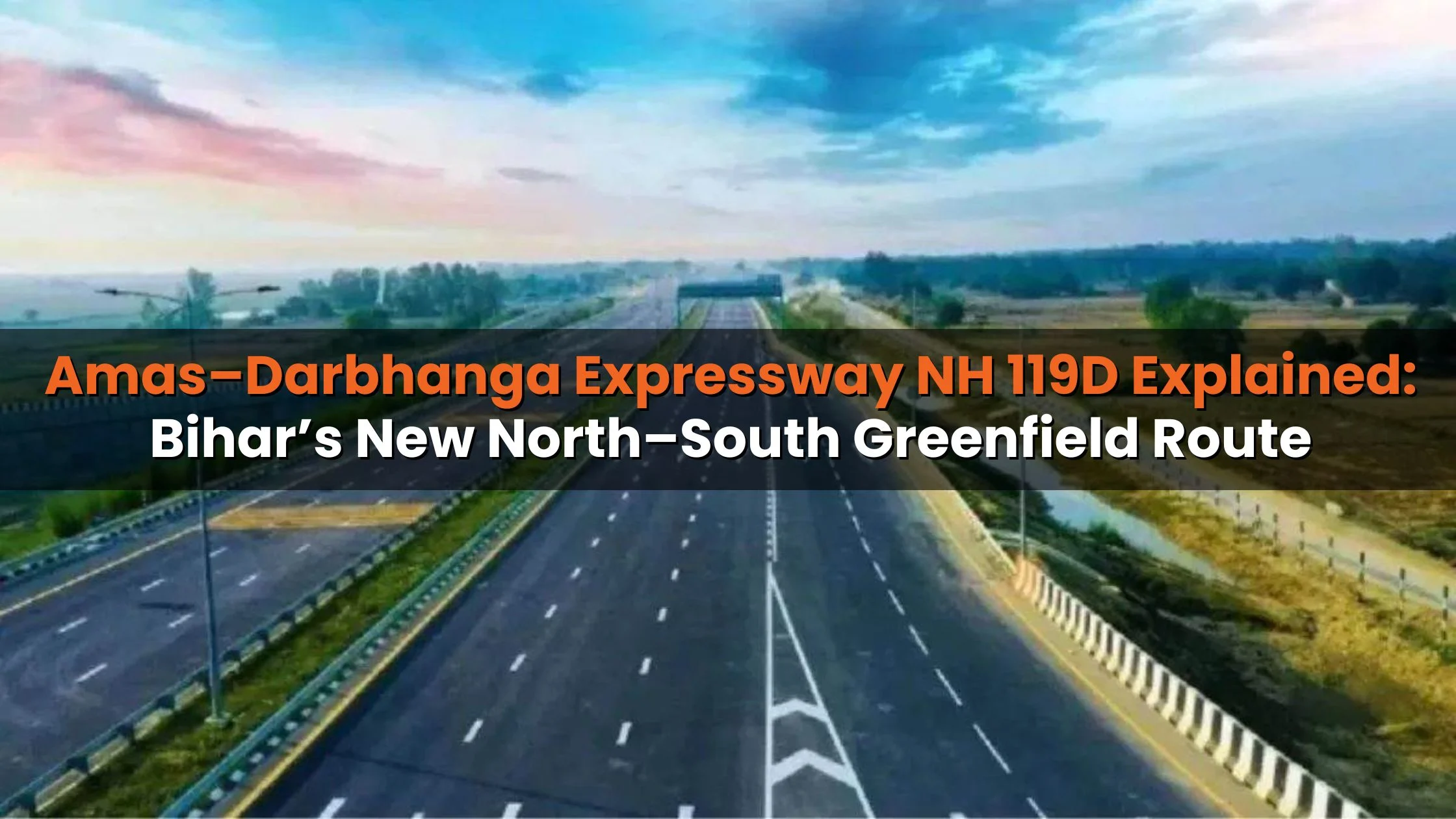
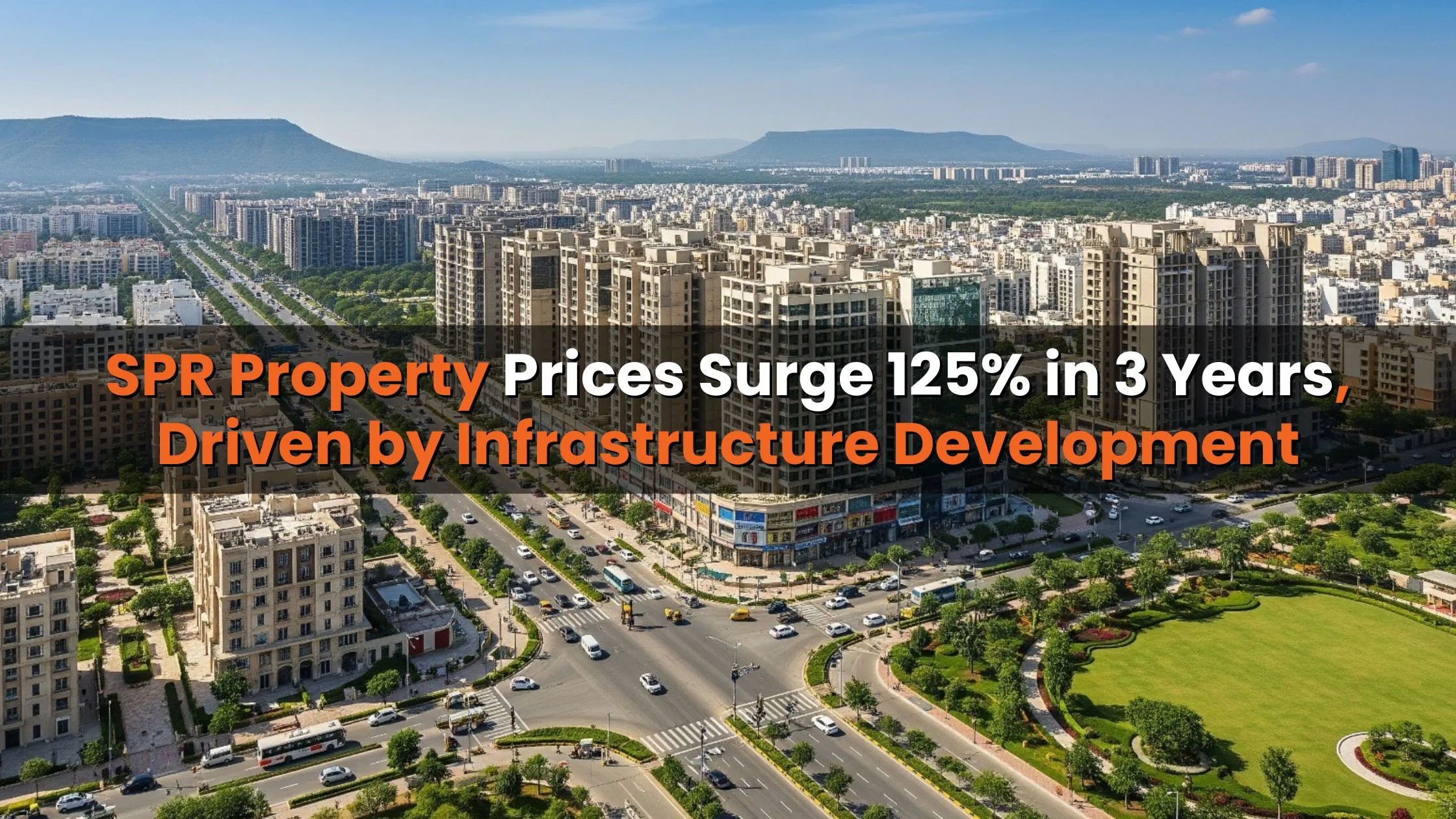
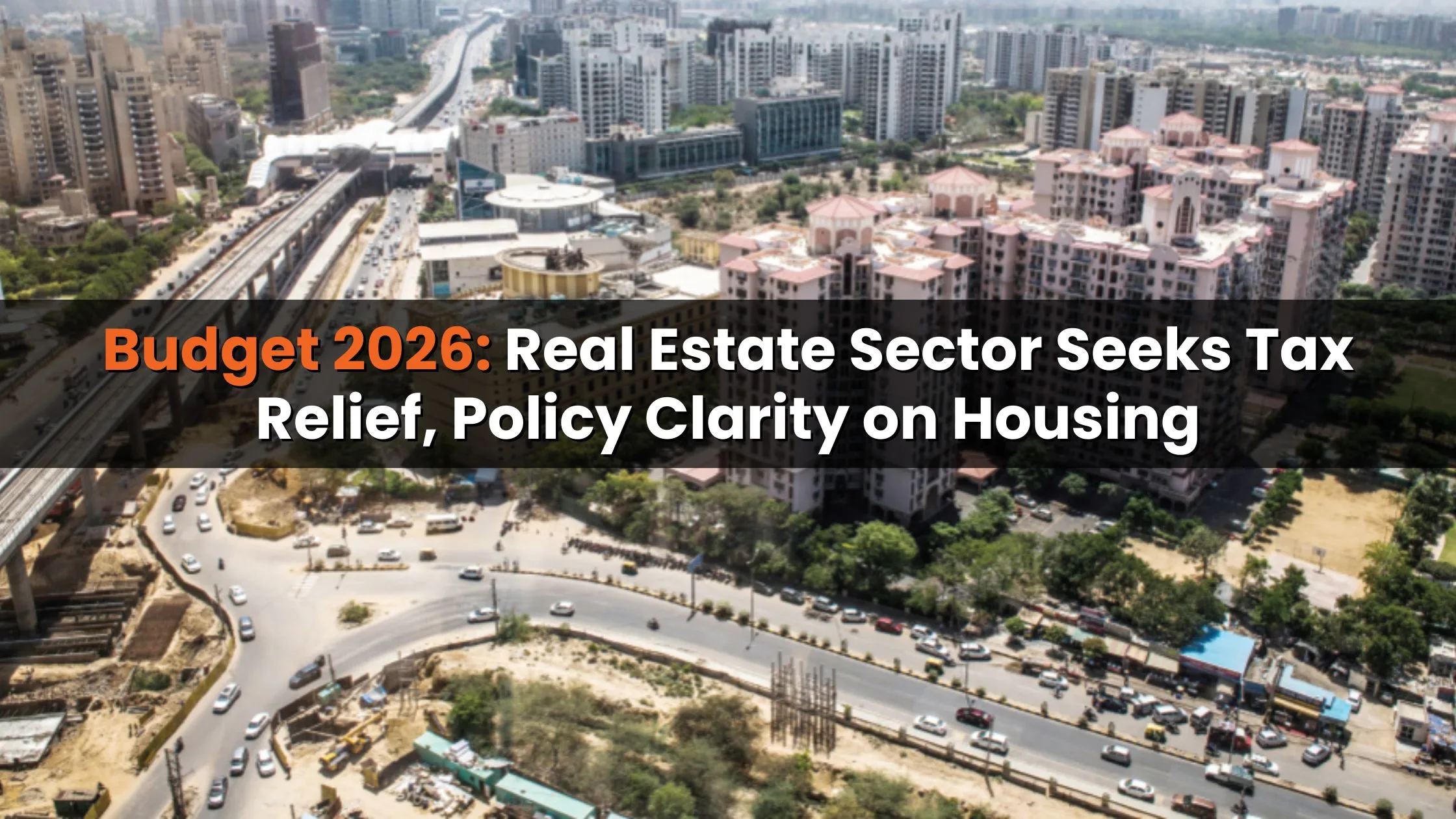

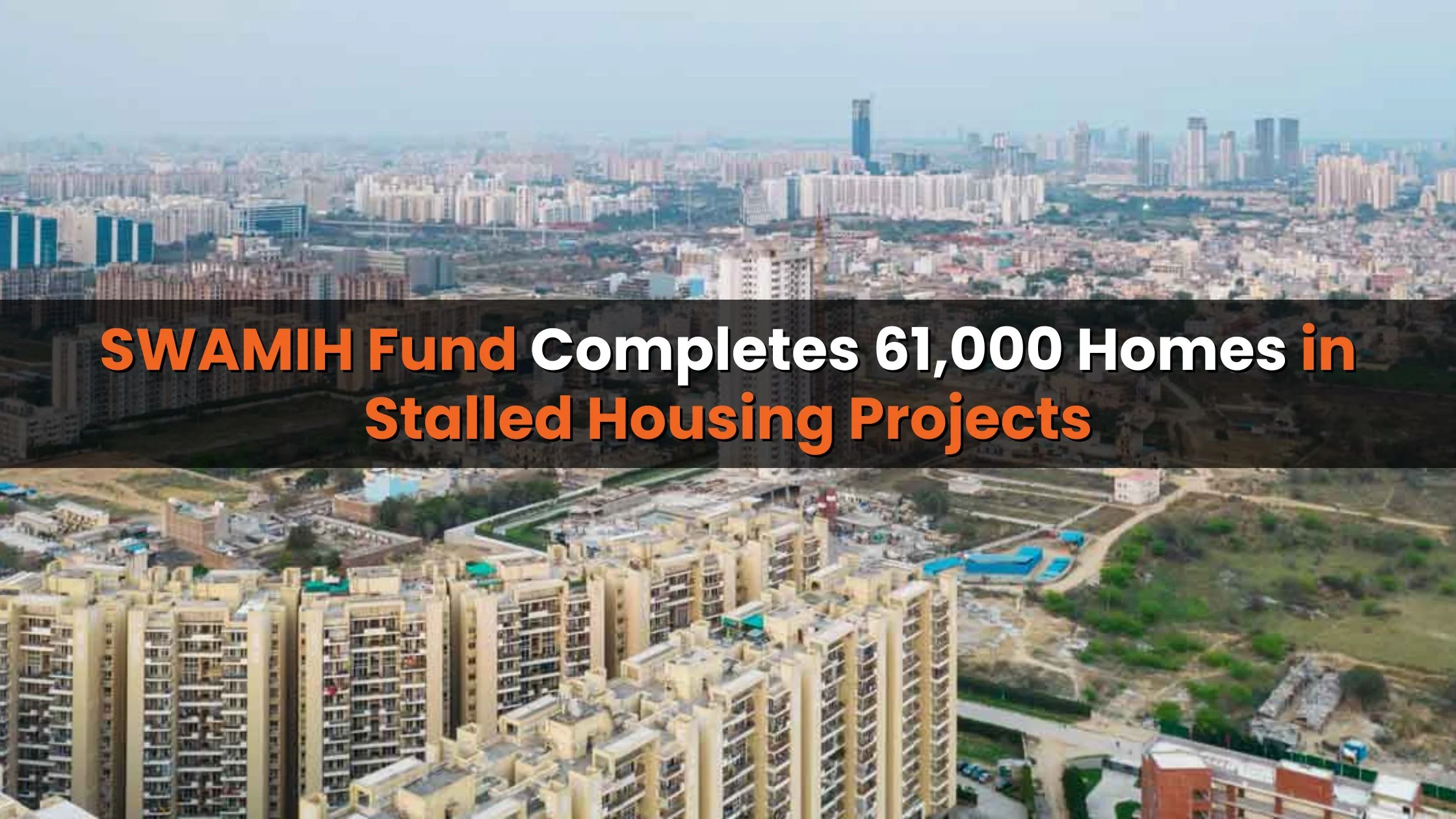


Ans 1. It refers to the total built-up area in a city, covering buildings, roads, and infrastructure that show how much land has been urbanised.
Ans 2. Between 1995 and 2025, India’s urban footprint has nearly doubled to 4,308 sq km across major metropolitan regions.
Ans 3. Pune saw the fastest rise with a 332% increase in built-up area, driven by IT growth, migration, and new infrastructure.
Ans 4. Bengaluru grew by 186% as its IT industry, metro projects, and peripheral business hubs spurred large-scale real estate demand.
Ans 5. Delhi NCR added the most in absolute terms, expanding by 400 sq km to become the largest built-up urban area in India.
Ans 6. Mumbai’s expansion was limited by geography and density, leading it to grow vertically with skyscrapers rather than horizontally.
Ans 7. Hyderabad grew on IT, pharma, and biotech industries, while Ahmedabad expanded through finance, IT, and manufacturing.
Ans 8. Expansion has created new housing corridors, commercial hubs, and investment hotspots, but it also puts stress on infrastructure.
Ans 9. By 2050, over 330 million more people are expected to move into cities, creating demand for 100 million homes and massive infrastructure upgrades.
Ans 10. It helps policymakers, planners, and investors track city growth, plan infrastructure, and ensure sustainable urbanisation.